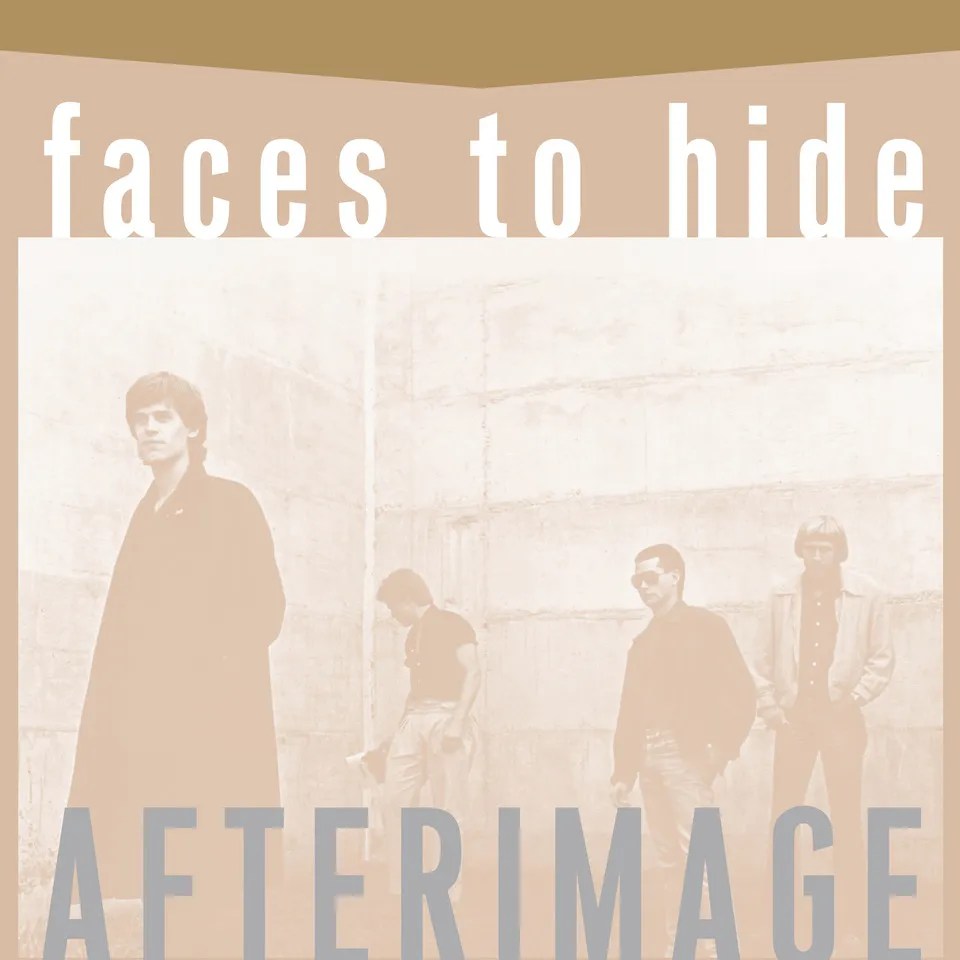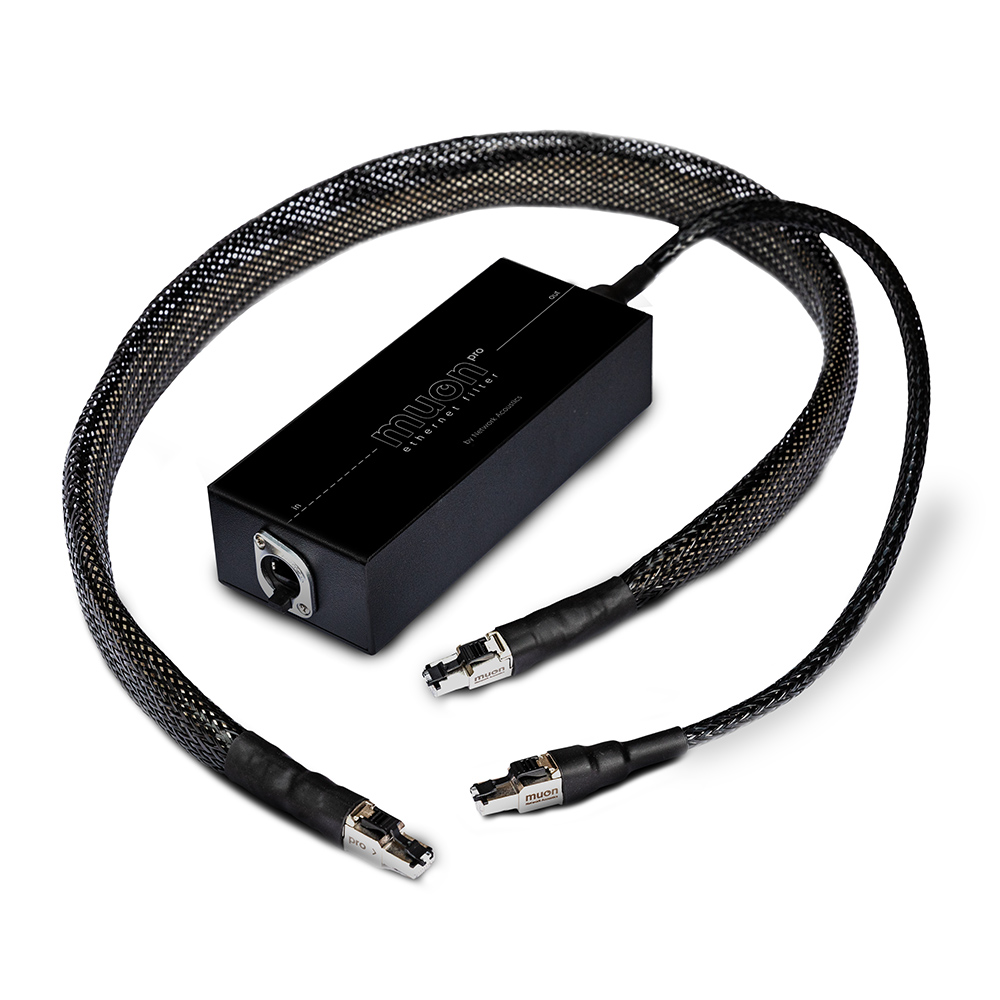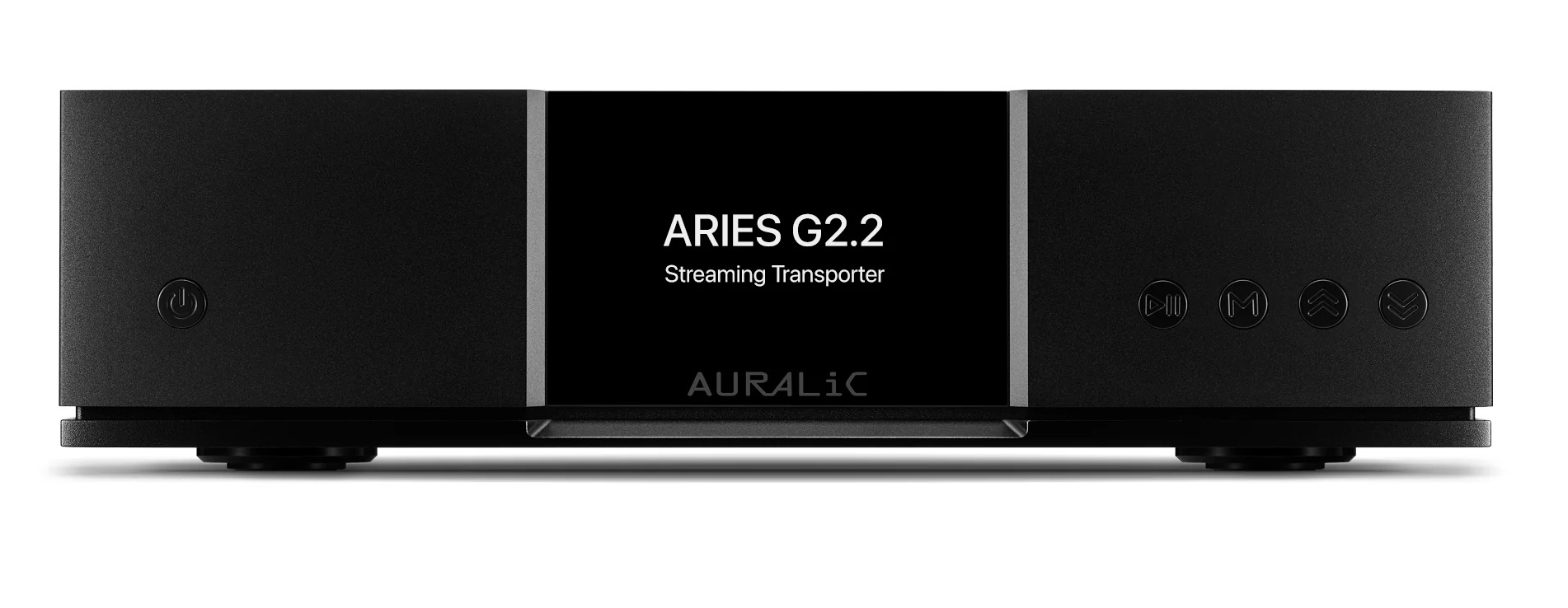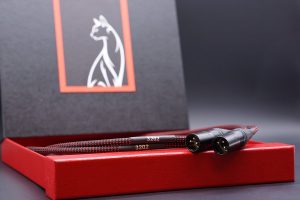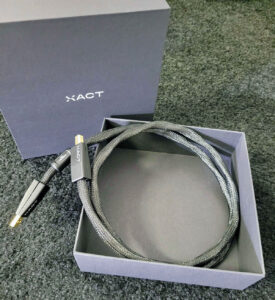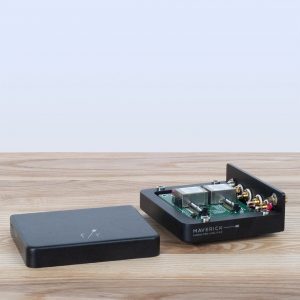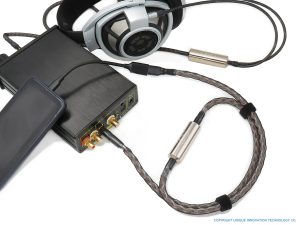So here I am after a few years off from writing about audio—and yes if I wanted to there is a LOT that I want to say, but that will be another time—and where am I heading… a USB cable from Infigo Audio, a rather expensive switch and Ethernet cables from Ansuz, two items from Synergistic Research (the Black Box and the FEQ Carbon), and the Symphony I/O from AddPower. Obviously not going into all these in one article, simply too much to cover, but as a "whole" these have all elevated our digital side of things to a level that we have never heard before—simply wonderful. We are stunned as we go from one album to another… it is like listening to a new version of whatever it is at the moment.
I will say that part of the reason I have not reviewed anything in the past two years is that our listening practices have changed quite a bit. I spend a fair amount of time in my studio making art (HERE). The studio has a decent system where I can play files on our NAS through an AURALiC Mini out to an Onkyo receiver, then to four Dayton audio speakers mated with a sub. Nothing fancy, but it sounds good enough that after several hours I am not into sitting inside and listening to the main system (details of which can be found if you click on my name above). That is, for the purpose of reviewing where I need to focus on the bits and pieces as opposed to just listening to music, which is what we do now, I dunno. Having to sit there and mentally dissect the music, rinse and repeat, put it back to together, try to put it all in words that are not just interesting for me to write but hopefully for readers to read… well after 30 some years. Meh.
But here I am. And here we go.
Hans Looman, the guy behind Infigo, initially sent us a 1.5 meter cable that we listened to and found simply wonderful in every respect, or is that in every aspect? After a few weeks he had made some minor changes—closer attention to impedance—and then sent us the 1 meter reversion. The two cables look identical and are basically the same other than the closer impedance resulting during construction. As Hans said in an email, The cable is the culmination of a couple of ideas to optimize the data path from source to player, which is actually far more critical for audio than the usual requirements to send data over a (twisted) pair of wires. Let’s say this: the USB specification allows for quite some degrees of freedom in transmission of data over the pair without data failure, where things such as jitter etc. are completely unimportant to the usual data packets when connecting for instance a mouse to a PC. In digital audio there is no such freedom, EVERYTHING is important.
The USB cable from Infigo Audio which is simply named "USB" is quite eye or ear opening. At $1200 a meter, it is up there, but sounds so good. Music is harmonically rich and articulate with a wonderful sense of warmth and bass texture. There is such a presence about the music with this cable... reflective of whatever is being hit, pushed, struck, or plucked… I dunno. It is very much like you can feel it far more than with other USB cables I have here. Why I use the word texture to describe what we are hearing. Dimensional. Spatial.
Which is not to trivialize or negate what the other USB cables offer, it is just that there is a tonal and "physical" quality to our music that now seems to be more "musically" emphasized. Or better yet, more "there" than before. Synergy? Maybe. Maybe just a change is nice. Even so, damn this is one nice cable.
Anyhow, for sure the bass, say from the upper bass and on down, is more visceral with a greater sense of flow. Not the least bit boomy or bloomy or whatever, but simply more there. Cohesiveness also seems to be turned up a few notches—in respect to listening to a band or whatever as opposed to something disjointed. Of which was never a thing here, but with this cable the music just comes across as being just more complete. Perhaps precise is a better descriptor? That and articulate. Clean and glare free. But then, the better USB cables tend to have this same trait—being clean in the sense of blackness or any sense of noise.
Design choices no doubt. Keeping crap out of the signal. And no, it is not 1's and 0's—it is an analog signal that is susceptible to the crap that all other analog signals face when passing from A to B. Or in the case of USB, from … literally from A to B!
From "There's no Such Thing as Digital: a Conversation With Charles Hansen, Gordon Rankin, and Steve Silberman" by Michael Lavorgna, AudioStream June 24, 2013.
Michael Lavorgna: It's common for people to envision and represent a digital signal as a series of 1s and 0s. As such, there's really no room for error, at least according to this binary theory. Is a digital signal simply a series of 1s and 0s?
Charlie Hansen: Unfortunately not. The "1"s and "0"s are just abstractions that are easy to think about. But in the real world, something real needs to represent those two abstract states. In modern digital electronics, we have almost universally chosen a voltage above a specific level (that varies from one "family" of electronic parts to another) to represent a "1" and a voltage below a different specific level (that again can vary) to represent a "0".
In the real world, those two voltages are not the same, so there is a "grey" zone between the "black" of the "0" and the "white" of the "1". Also, it takes time for the signal to change levels, and the time required to do so can depend on dozens (or even thousands) of other external factors.
All of the problems with digital are analog problems.
The Infigo cable features:
- Datacenter grade 90 ohm impedance matched twisted data pair
- Separately shielded 18 AWG supply pair
- Gold plated interconnects
- All conductors are made from very low oxygen content copper.
- There are 4 layers of shielding, both between the data pair and the outside world and data to internal supply pair.
- The inner layers of dielectric insulator are made from material that is inert to microphonic pickup.
I would consider this to be a reference and a USB cable that is here to stay. Adding this to our cable collection allows us the best of the best—JCAT Signature USB (HERE), WyWires Diamond (extremely fast and revealing), Skogrand Beethoven USB Cable (HERE), Black Cat Matrix (HERE), and the Purist Audio Diamond Revision 30th Anniversary USB Cable (HERE).
Very palpable and present—the music flows with such engagement that it is hard to go off and do something else. Meaning less time in the studio and more time listening to music. Yes, we are listening to more and more music and yes, we are not listening to the bits, or is that bytes? We are listening to the music as "whole." Now I am not saying that the cable has a sound per se, but that the music emanating from our speakers sounds different with this cable. Give this article a read to see what cable designers think is going on with USB cables.
Highly recommended.
Next up is the Symphony I/O from AddPower which is a rather device that works with cables or without. Stay tuned.







